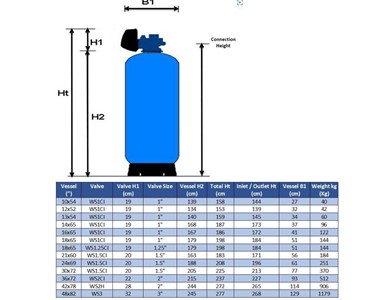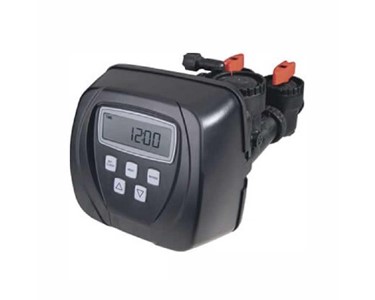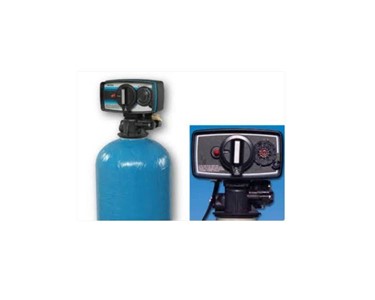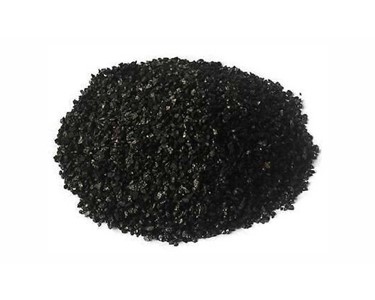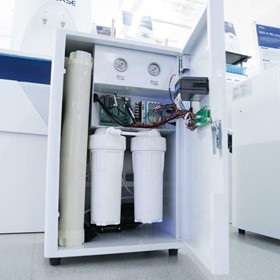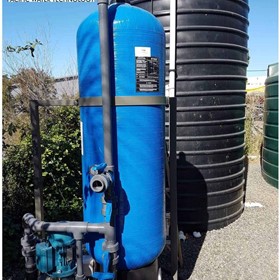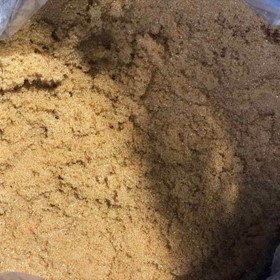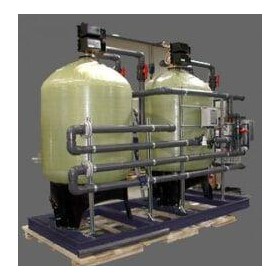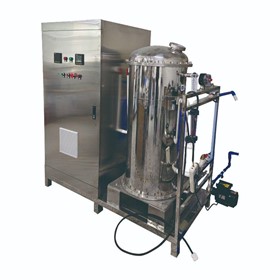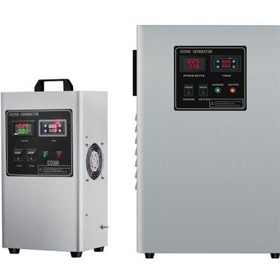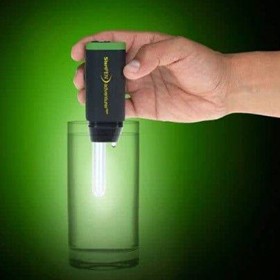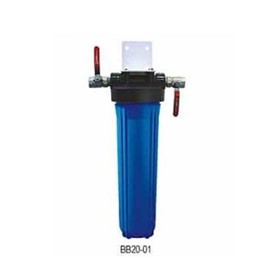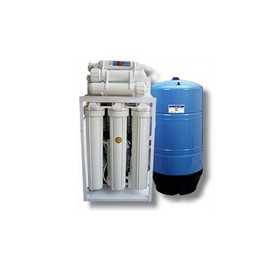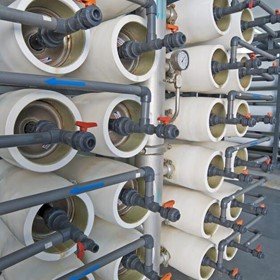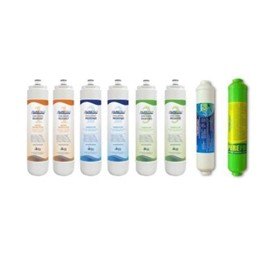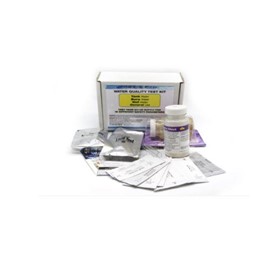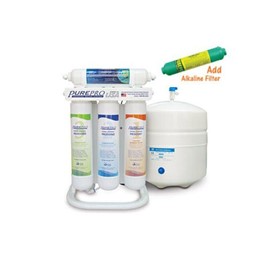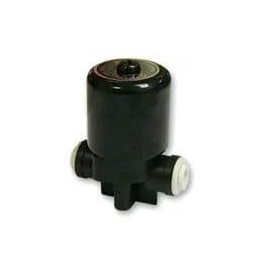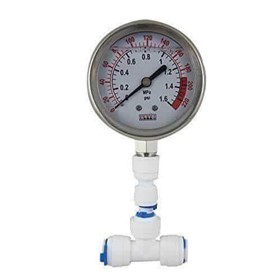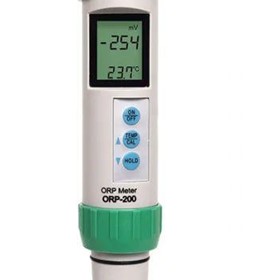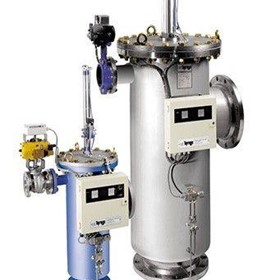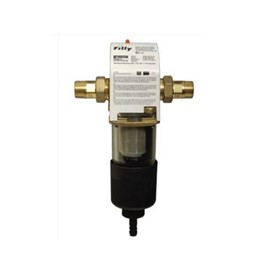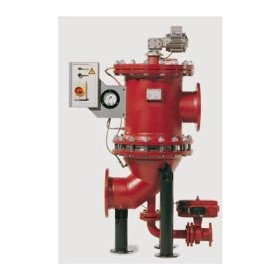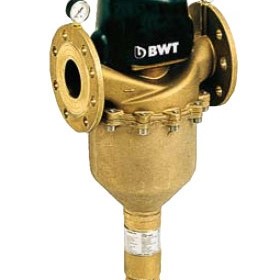- Highly effective at removing non-polar organic chemicals from water.
- Applicable to a wide variety of organic compounds
- Very effective at removing colors from waste streams.
- Effective at removing low levels (ppb range) of inorganic pollutants.
- Thermal regeneration of the carbon destroys the adsorbed waste solute.
- Very flexible system allows rapid start-up and shutdown as needed.
- System can be designed so that it is portable, to be taken to waste sites.
Limitations of Activated Carbon Treatment
- Limited to wastes with low organic concentrations (< 5%).
- Limited to wastes with very low inorganic concentrations (< 1%).
- Unable to remove highly soluble organics or those with low molecular weights.
- Systems can not tolerate suspended solids in the influent stream (due to clogging).
- Does not effectively remove chloramines.
- Adsorption efficiency is related to residence time and condition of carbon bed.
Properties of Activated Carbon
The quality and use of activated carbon is evaluated on a number of criteria dependent on their intended use. Here are a few of the most common properties important for manufacturers.
Density: The higher the density of a sample of activated carbon, the greater the volume of activity or adsorption possible. This is also an indicator of quality.
Particle Size Distribution: The greater the particle size of an activated carbon, the greater the access to surface area, and the faster the rate of adsorption by the material.
Mesh Size: The physical size or mesh size of the carbon can significantly impact its resistance to flow within a system. The smaller the mesh, the greater the resistance to flow, and the greater the adsorption.
Molasses Number: The molasses number is the measure of the mesopore content of the activated carbon, and the degree of decolourisation. A high molasses umber indicates a high adsorption of big molecules.
Ash Level: The ash level is a measure of the purity of a sample of activated carbon. This is important when the carbon is used as a catalyst in an industrial process.
- Iodine and molasses numbers measure pore size distribution. Iodine number is a relative measure of pores at sizes of 10 to 2 Angstroms. It is reported in milligrams of elemental iodine adsorbed per gram of GAC and determines the area available on the GAC to adsorb low molecular weight organics.
- Molasses number measures the degree a GAC removes colour from a stock solution. It measures pores greater than 28 Angstroms. These are the pores responsible for removing larger molecular-weight organics such as tannins.
- Abrasion numbers represent the relative degree of particle size reduction after tumbling with a harder material. No reduction is rated 100, complete pulverization is zero.
Control Valve Features
Clack Control Head:
- Solid state microprocessor with easy access to front panel settings
- Double backwash feature offers efficiency and optimum regeneration and cleaning ability
- Days between regeneration feature: 1-99 days standard; 7 days optional
- Downflow regeneration
- 10 selectable pre-programmed regeneration cycles
- Stores system configuration and operation data in nonvolatile memory
- 12-volt transformer provides safe and easy installation
- Control valve design provides optimum service and backwash rates
- Treated water regenerant refill
GAC Carbon Backwash Filters
PWT GAC Carbon Backwash Filters are used to reduce chlorine, organics, colour, tannin, objectionable tastes and odours, and dissolved organic chemicals from municipal and industrial water supplies. Automatic backwashing system removes the trapped contaminants within the filter bed and washes them down the drain. Carbon filtration significantly reduces the following contaminants:
- Chlorine & Chlorine By-Products such as Trihalomethanes (THMs)
- Bad Tastes and Odours
- Turbidity
- Herbicides, Pesticides & Insecticides
- Volatile Organic Chemicals (VOCs).
Activated charcoal is used in water filters, medicines that selectively remove toxins, and chemical purification processes. In the production of steam-activated charcoal, first the coconut shell or coal is heated to create a char. This char is then “activated” in a furnace at high temperatures of 1,700° to 1,800°F with steam in the absence of oxygen. In the steam-activation process, all volatile compounds are removed, and at the same time layer after layer of carbon atoms are pealed off, enlarging the existing internal pores, and leaving behind a carbon skeleton. The carbon + steam reaction results in producing hydrogen gas and carbon monoxide (C+H2O=H2 +CO). As the carbon monoxide gases off it takes carbon atoms with it. Typically 3 pounds of raw charcoal will produce 1 pound of activated charcoal.
Chemical-activation produces the same end result – a much increased internal surface area – but uses a chemical solution to chew away the internal structure. Typically wood-based activated charcoals are commercially made using heat (450–900 °C)and phosphoric acid. This “activation” process results in the creation of an enormous surface area — on the order of 600 to 1,200 square meters per gram (m2/g), depending upon the raw material used and the process.
The treatment results in a highly porous charcoal. These tiny holes give the charcoal a surface area of 300-2,000 m2/g, allowing liquids or gases to pass through the charcoal and interact with the exposed carbon. The carbon adsorbs a wide range of impurities and contaminants, including chlorine, odours, and pigments. Other substances, like sodium, fluoride, and nitrates, are not as attracted to the carbon and are not filtered out. Because adsorption works by chemically binding the impurities to the carbon, the active sites in the charcoal eventually become filled. Activated charcoal filters become less effective with use and have to be recharged or replaced. Organics are typically removed by adsorption and residual disinfectants by catalytic reduction .
Several factors influence the effectiveness of activated charcoal. The pore size and distribution varies depending on the source of the carbon and the manufacturing process. Large organic molecules are absorbed better than smaller ones. Adsorption tends to increase as pH and temperature decrease. Contaminants are also removed more effectively if they are in contact with the activated charcoal for a longer time, so flow rate through the charcoal affects filtration.The quality and use of activated carbon is evaluated on a number of criteria dependent on their intended use. Here are a few of the most common properties important for manufacturers.


